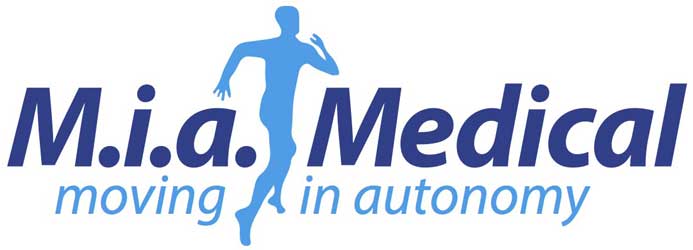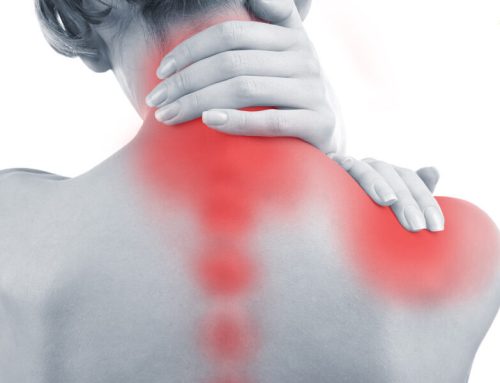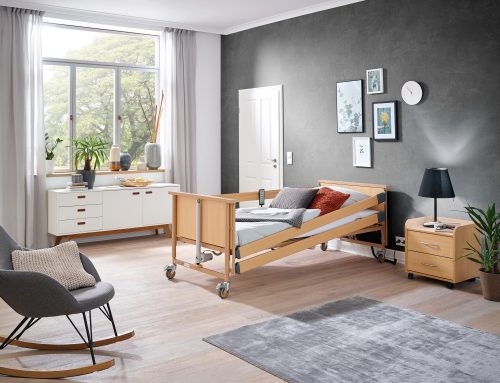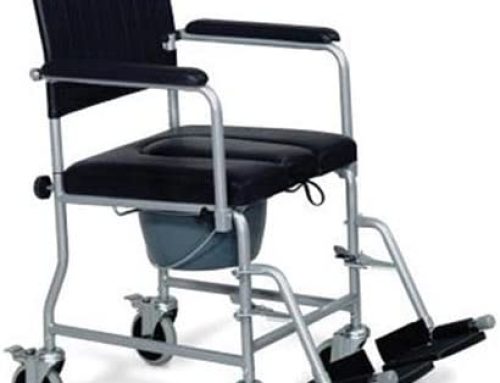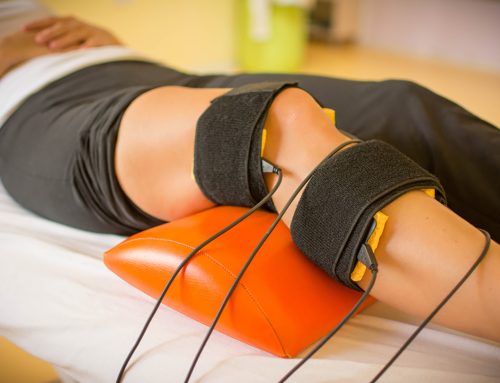 How to disability-proof and accessibility-proof a home? Here are the steps to take for a safe and 100% accessible home for people with disabilities.
How to disability-proof and accessibility-proof a home? Here are the steps to take for a safe and 100% accessible home for people with disabilities.
Home is the place where we are comfortable with all the comforts and where we feel safest. This need becomes even more important in the case of people with disabilities who usually face architectural barriers and obstacles of various kinds. The goal of an accessible home is to enable these people to live in a safe space to enjoy a peaceful and independent life. This is what a home built with disability and accessibility in mind should look like.
The fundamental aspects to be considered in order to make every room in the house safe and accessible to all types of guests range from access to the upper floor or garden to the use of facilities. Obviously, each type of disability requires appropriate equipment in the home.
Input
The entrance, by definition, immediately welcomes guests and from here the first obstacles can appear. Space permitting, a ramp with a non-slip surface and a safety handrail could be included.
Stairs
These constitute one of the main and most common architectural barriers for people with walking difficulties. The solution could be to install a track stair lift or a lifting platform.
Doors
In order to ensure freedom of movement and not to slow down intervention in an emergency, doors are an obstacle to overcome when thinking about a disability-friendly and accessible home. For example, the standard size may be too narrow for the passage of a wheelchair. The solution could be to eliminate jambs and replace them with finer frames; or one could opt for casket doors. Knobs are also not to be ignored: their height could be dangerous for a person in a wheelchair.
Kitchen
In this environment, the greatest limitation to accessibility could be heights. The refrigerator shelves, the shelves and the cooker: can anyone access these facilities without difficulty? If the answer is no, then structural modifications should be made or, if this is difficult, a dedicated and easily accessible workstation should be considered.
Bedroom
Of course, access to the bed must be easy for everyone. For this reason, clutter, such as carpets and chairs, must be kept to a minimum and, if necessary, the inclusion of health aids for standing up or lying down such as an electric hoist should be considered; alternatively, an electric bed can come in handy.
Bathroom
Getting into the shower or bathtub could be really tricky and risky, especially when it comes to getting out with a slippery floor. To feel safe in these situations, a tub lifter could be placed in the room, space permitting.
Telephone and lights
Here again, heights can be discriminating. Switches should also be manageable independently by disabled people; just as the telephone should be cordless precisely so that the inhabitants of the house cannot rush to answer the phone.
Do you need to make your home accessible and don't know where to start? Not sure which product is right for you? Do not hesitate to contact M.I. A. Medical at 333 621 0314 for advice or to find out which health aid best suits your needs.
